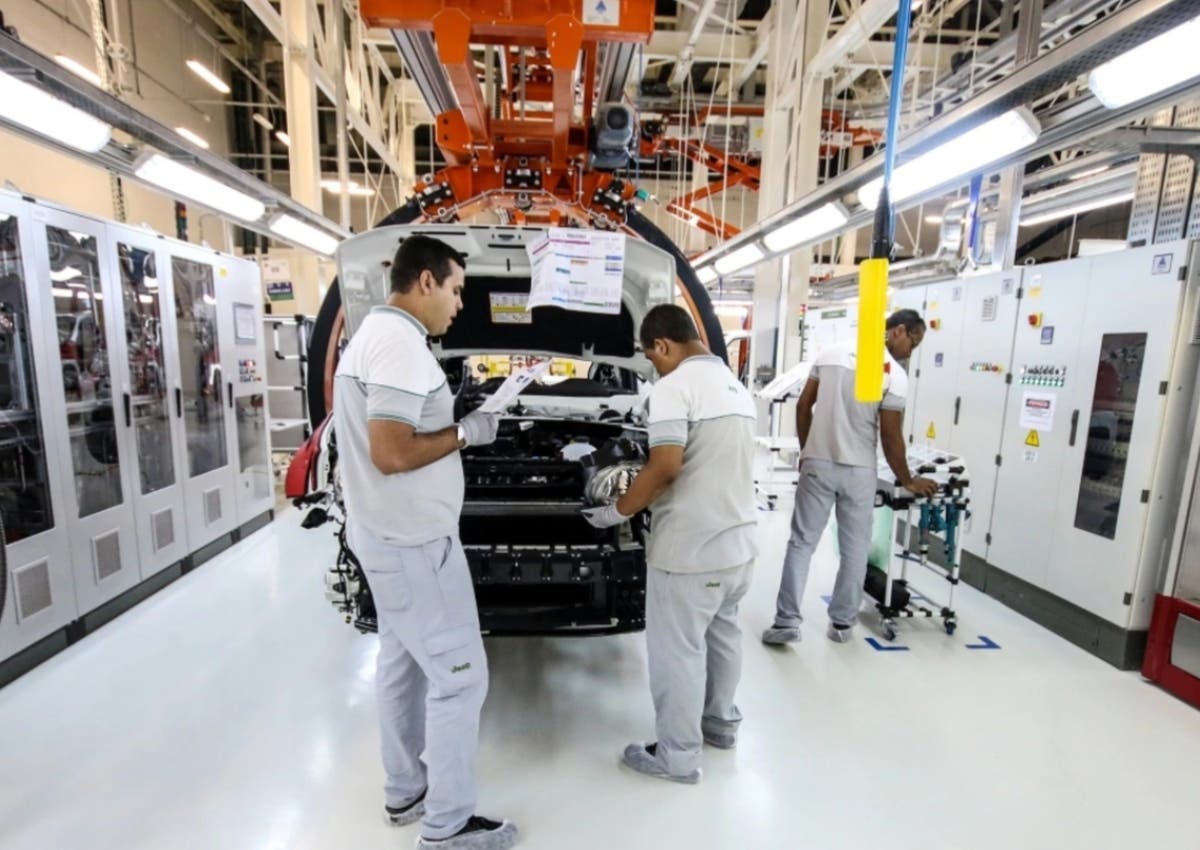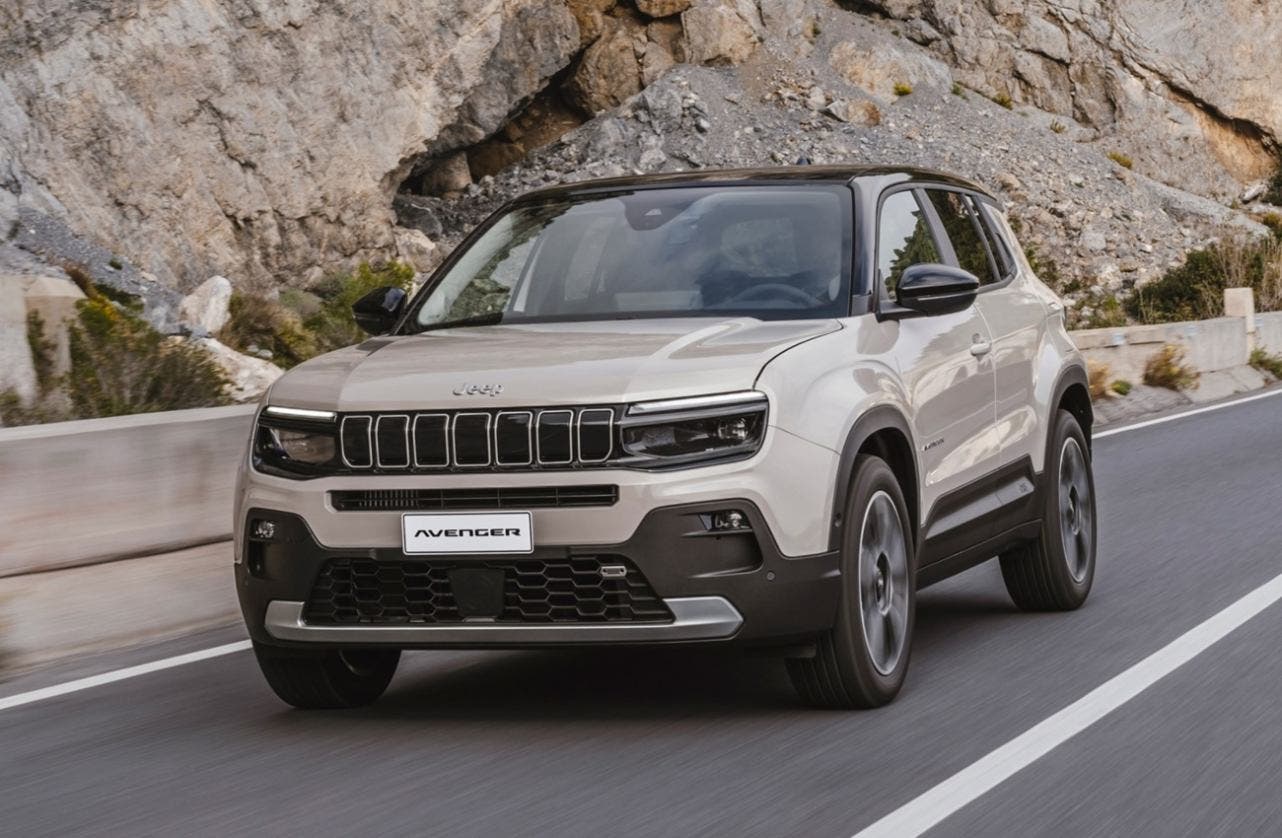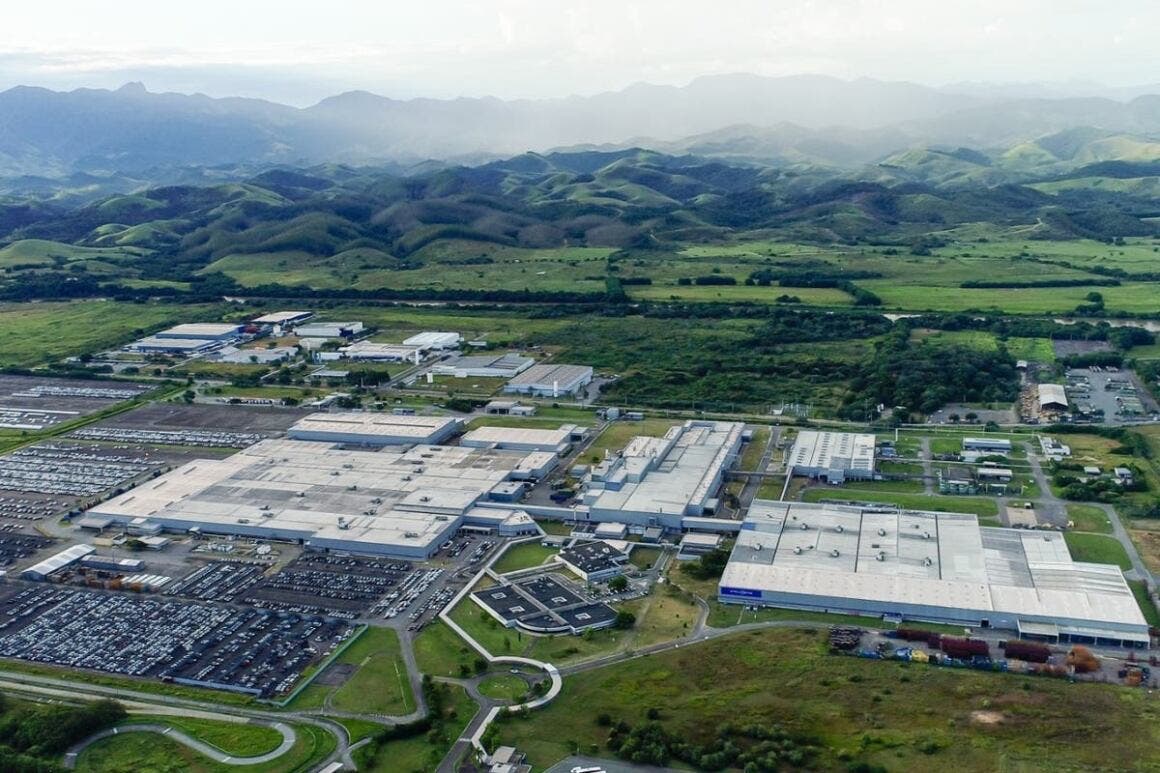At the Porto Real plant, located in the state of Rio de Janeiro, Stellantis is preparing for the introduction of a new model. This will be the fifth vehicle produced at the facility, which currently continues to manufacture the Citroën C4 Cactus. In the past, when the plant was managed by PSA, Peugeot cars were also produced there. Now, under Stellantis’ guidance, a new model is expected to arrive. All indications point to the Jeep Avenger as the likely candidate for this new production line.
Stellantis considers producing another SUV at Porto Real

Emanuele Cappellano, President of Stellantis for South America, commented: “The new investment cycle will strengthen our factory’s multi-brand capacity. We also plan to expand production, generate new jobs, and strengthen the entire automotive supply chain in developing and localizing new technologies that accelerate the decarbonization of mobility.”
The production of Peugeot 208 and 2008 models has been transferred to El Palomar, Argentina, where lines for the new generations of these two compact cars have been launched. Consequently, the Brazilian plant has focused its production on Citroën models. The Jeep Avenger, expected to be produced at Porto Real, shares the CMP/Smart Car platform with Citroën models already present at the plant, such as the new C3, C3 Aircross, and Basalt. This allows for full utilization of the plant’s production capacity, which can reach 160,000 units per year.

The Stellantis plant in Porto Real is not limited to car production but also houses engine production. This industrial complex employs a total of 5,000 people and boasts a production of 1.8 million cars and 2.5 million engines. With the expected introduction of the Jeep Avenger, Stellantis expands its production strategy in Brazil. In addition to consolidating the presence of the French brand Citroën, this move will allow the American brand Jeep to expand its production in the country beyond the current plant in Goiana, in the state of Pernambuco.
The Jeep Avenger, sold in Europe with a 1.2 Turbo petrol engine and electric motor, could adopt the GSE 1.0 Turbo engine with CVT in Brazil. This choice is likely as the brand does not yet have a product with this 130 horsepower engine. For the 4xe version, nationalization is expected through the Bio-Hybrid program, combining the 1.0 Turbo engine with MHEV technology and two electric motors on the rear axle imported from Europe.
